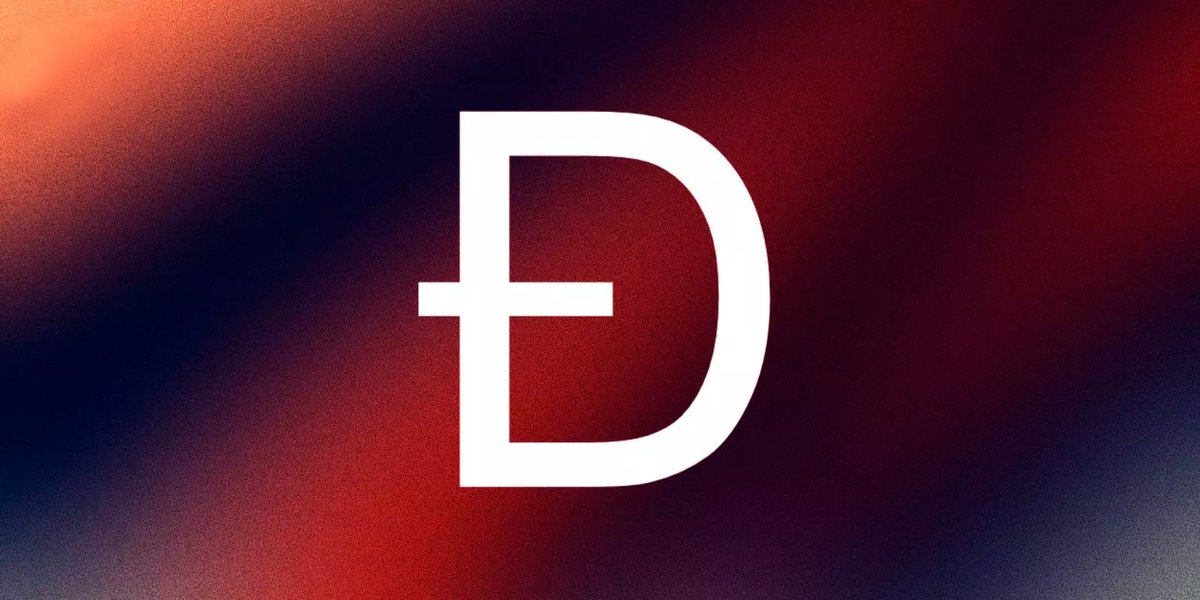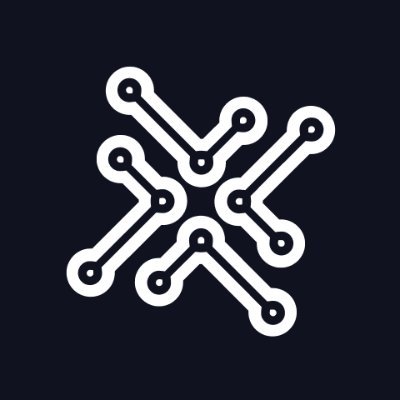What really happened with The DAO in 2016? 🍒
The DAO was the first-ever venture fund built on smart contracts. Users deposited ETH and received DAO tokens to vote on where the money should go. In total, it raised $150M from 11,000 people — 15% of all ETH at the time 🔷
Where was the vulnerability?
There was a bug in the splitDAO function — it allowed a user to “split off” and create a new sub-DAO with a portion of the funds. But it didn’t include protection from a reentrancy attack — a type of exploit where a function is called repeatedly before the balance is updated 😳
How the attack worked:
• The attacker triggered splitDAO to create a sub-DAO
• Then called it recursively — dozens of times — before the balance updated
• The contract didn’t check if funds had already been withdrawn, so they just kept coming
Basically, it was like a broken ATM giving out cash over and over until it realized it was empty 🎰
How was it fixed?
The Ethereum community had two options:
A) Leave it be and let the hacker walk away with $60M 😱
B) Roll back the blockchain to before the hack 🔙
They chose option B. This led to a hard fork and two separate chains:
• Ethereum (ETH) — with the rollback and refunds
• Ethereum Classic (ETC) — the original chain, where the code stayed unchanged
What changed after this?
1️⃣ Reentrancy became a well-known attack vector
→ Now one of the first things auditors check
2️⃣ Audit firms like OpenZeppelin and Trail of Bits became industry standards
→ No serious project launches smart contracts without an audit
3️⃣ DAO frameworks like XDAO, Aragon, and DAOstack emerged
→ Nobody writes DAO code from scratch anymore
4️⃣ UX and governance security improved
→ With roles, multisig, spending limits, rage quit, and more
Why XDAO is protected from this kind of scenario
The key difference: audits ✅
The DAO’s biggest flaw was launching without a full audit — and that’s exactly how the bug went unnoticed.
The XDAO framework has been audited by independent security firms like Hacken and Pessimistic. It’s already used in 40+ blockchains and thousands of real DAOs. The smart contracts for XDAO on TON will also be audited soon 🫡
Closed, secure interface ✅
In The DAO, users could interact directly with the contract — triggering dangerous functions intentionally or by mistake. In XDAO, all actions go through a Telegram interface with only safe, pre-approved operations. You can’t call low-level contract functions manually🔓
No critical functions like splitDAO ✅
The DAO had a feature that let anyone split off and take a chunk of the treasury. XDAO doesn’t allow that — all fund movements require voting or multisig, and DAO behavior is set clearly at creation. Sensitive parts are guarded by roles, limits, and validation rules 🖥
XDAO isn’t an MVP — it’s a mature product ✅
It’s gone through audits, dozens of releases, adoption in 40+ chains, and stress-tested by hundreds of thousands of DAOs.
This is robust infrastructure — and exactly what we’re building on for TON ⚙
Conclusion
The DAO was a pioneer — and a victim of its own newness.
Its failure was a turning point for the industry. Now it’s 2025. In 9 years, everything that once failed has been rebuilt from the ground up: architecture, audit practices, interfaces, legal clarity, and collective experience. Everything that was fatal in 2016 is fortified in XDAO today 🤩
Show original
24.37K
141
The content on this page is provided by third parties. Unless otherwise stated, OKX is not the author of the cited article(s) and does not claim any copyright in the materials. The content is provided for informational purposes only and does not represent the views of OKX. It is not intended to be an endorsement of any kind and should not be considered investment advice or a solicitation to buy or sell digital assets. To the extent generative AI is utilized to provide summaries or other information, such AI generated content may be inaccurate or inconsistent. Please read the linked article for more details and information. OKX is not responsible for content hosted on third party sites. Digital asset holdings, including stablecoins and NFTs, involve a high degree of risk and can fluctuate greatly. You should carefully consider whether trading or holding digital assets is suitable for you in light of your financial condition.

